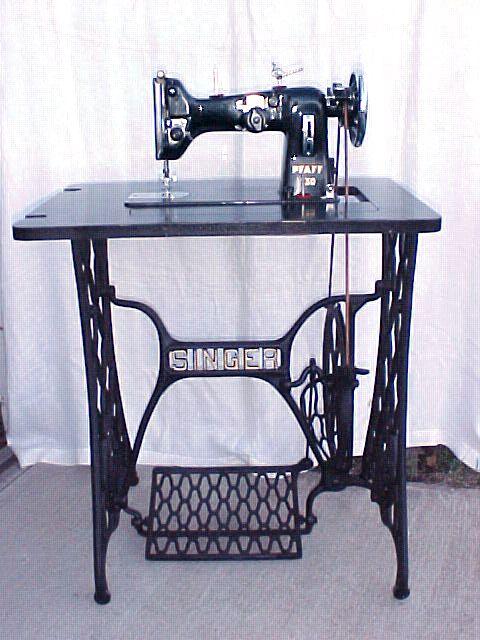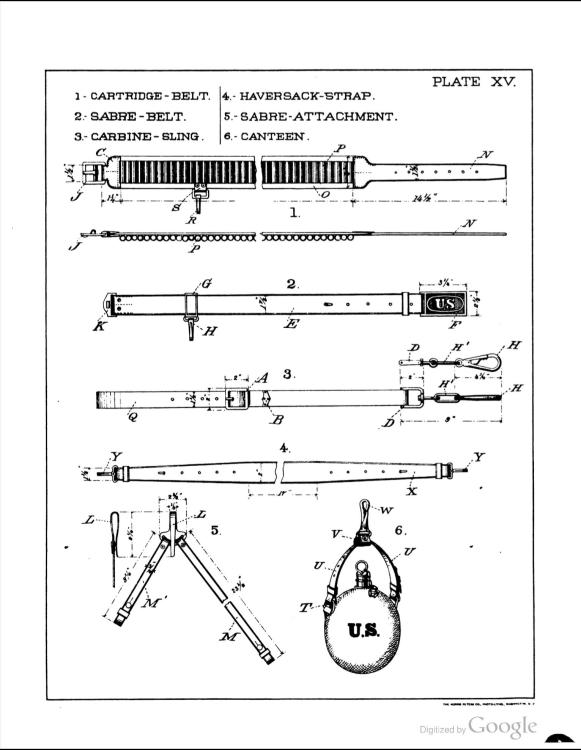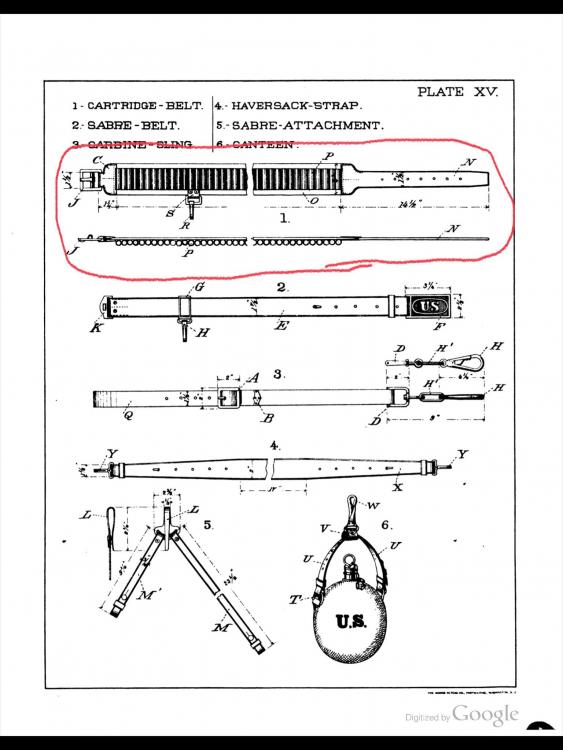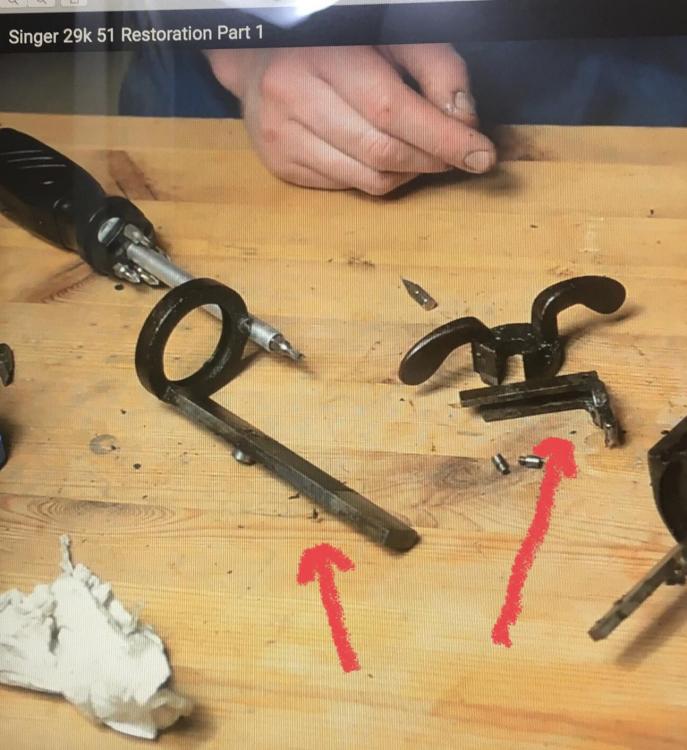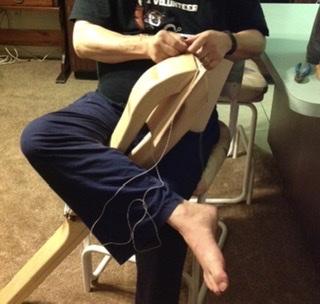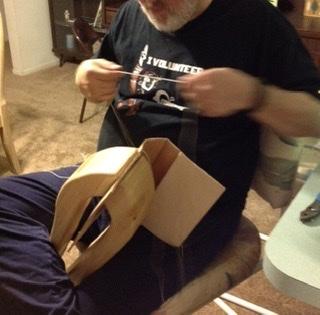-
Posts
31 -
Joined
-
Last visited
Content Type
Profiles
Forums
Events
Blogs
Gallery
Everything posted by PonyEdwards
-
You mentioned in a post that you have a pfaff 130-6 that you converted to treadle. Other than fitting the sewing head to the cabinet, did you have to do anything to the machine to get it to sew okay?
I’ve been toying with this idea for quite awhile and since I think I might need a new motor, I might just take the leap and convert it to treadle.
Thanks for your answer.
-

I replaced the Pfaff hand wheel with an aftermarket 9-spoke (for Singers) to get a larger wheel on it. Otherwise, I don’t recall doing anything else to the machine.
The treadle was a standard household Singer base that I mounted the top from a parted-out electric cabinet on. I used a plumb bob to align the hand wheel pulley and the flywheel pulley when mounting the top on the base.
I sold that unit to a lady back in 2014 shortly after I put it together, and didn’t use it much myself. I never heard anything back from her, and I’m sure I would have if she’d had problems with it. We had our sewing shop open until the summer of 2019, so I was easy to contact.
CD in Oklahoma
-
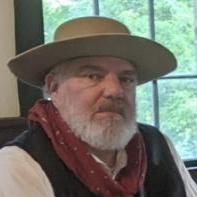
Thanks. Would the machine work okay with its original wheel?
-
-
Looks like you're a bit busy, but when you're able to find some time, I'd be interested in seeing you post some more of the workshop handouts that you did with your husband, John Henry (hope I got that correct).
Thanks for all that you do to keep this site up & running.



